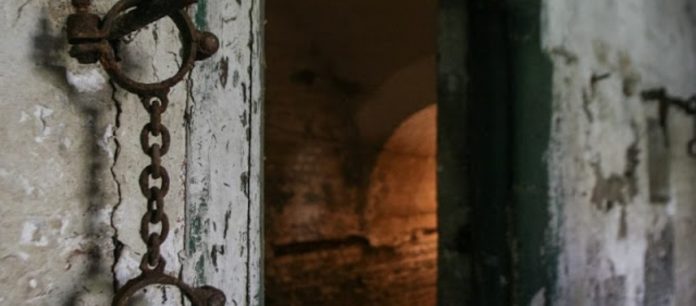Above the earth’s surface, the almost permanently frozen soils of the Russian northern taiga. Beneath the surface, however, are Chukokta’s gold mines – the Russian Far East – brought a lot of money to the USSR. And who – better suited (?) – to carry out such hard work by the prisoners in the Russian concentration (and extermination) camps of the Gulag…
Dalstroy is also known as the Far North Construction Trust. It was essentially a state-owned company (and of course it would be paradoxical if there was anything different in the USSR) set up to exploit the forced labor of those who survived in the Russian Gulag.
It was founded in 1931 and was under the control of the Soviet NKVD, the KGB predecessor. The purpose of the company – trust was the construction of a road and the operation of gold mines in the area of the river Kolima. The name Kolima was identified with the Arctic extermination camp.
Those who managed to survive in the Russian camps were forced to go out on the icy ground and dig in order to build the road on which the gold production from the gold mines would be transported.
The road built by the prisoners reached a total length of 2,032 km and became known as The Bone Road, since every convict who died while the road was being built was buried on the spot under the road. Every year, tens to hundreds of thousands of Dalstroy workers (that is, Gulag prisoners) lose their lives on the job.
Under Dalstroy, the “territory” where the convicts and those unwanted by the regime were forced to work reached an area of 3,000,000 square kilometers.
Dalstroy became a super-company that managed everything: the forced labor camps, the prisoners in them and their fate, every economic activity, the lands of the region!
The blood-stained company even increased its “turnover” by increasing its workforce, which it literally sucked: it built a total of 80 Gulags which were filled with prisoners and workers (for Dalstroy).
Over the years, the structure of the state of Dalstroy has become extremely complex not only due to the vast territory that extended its activities (3,000,000 square kilometers as mentioned above) but also the responsibilities assigned to it: infrastructure, mining, geological research carried out, the ports built on the Kolima River and the water transport routes of gold, the ports on the Arctic Sea, the railway lines to Vladivostok.
According to the memoirs of prisoners in the Russian Gulag, the current commander of Dalstroy was essentially the absolute monarch of the vast area of the Soviet north.
After the death of Joseph Stalin in 1953, Dalstroy was reorganized and eventually the super-company remained a purely financial enterprise.
